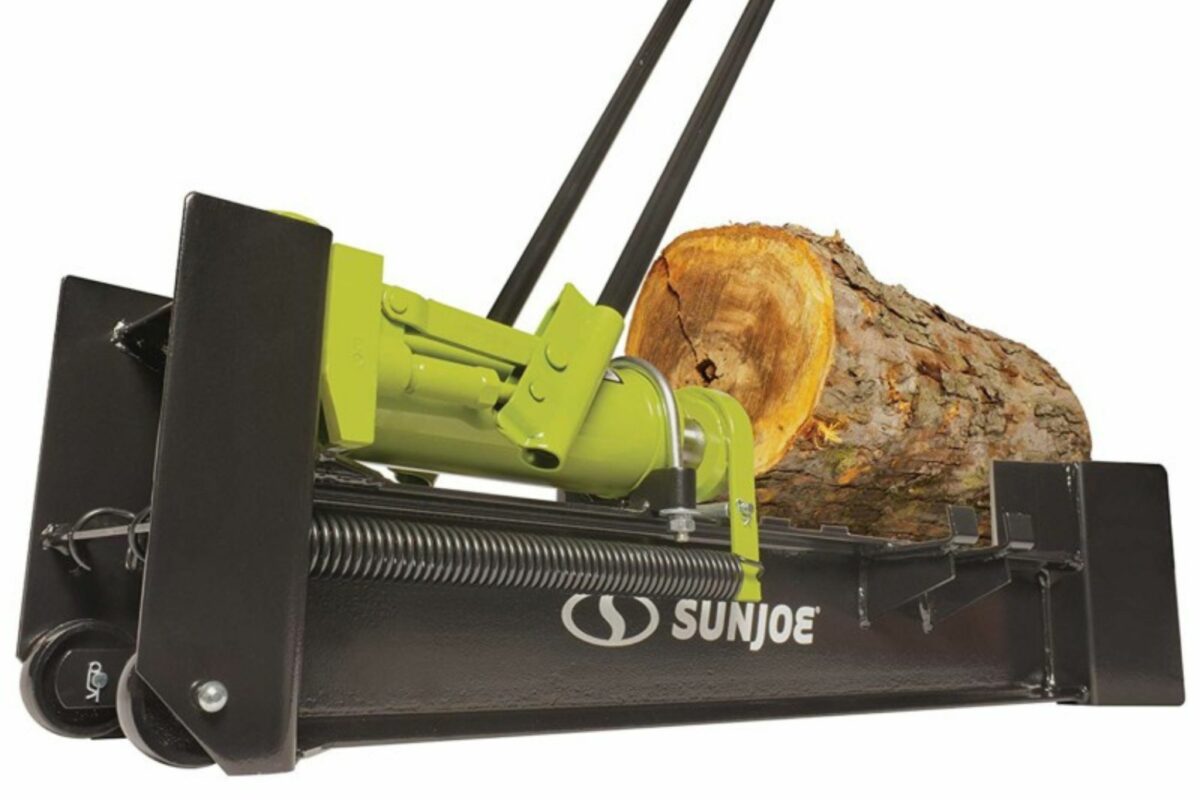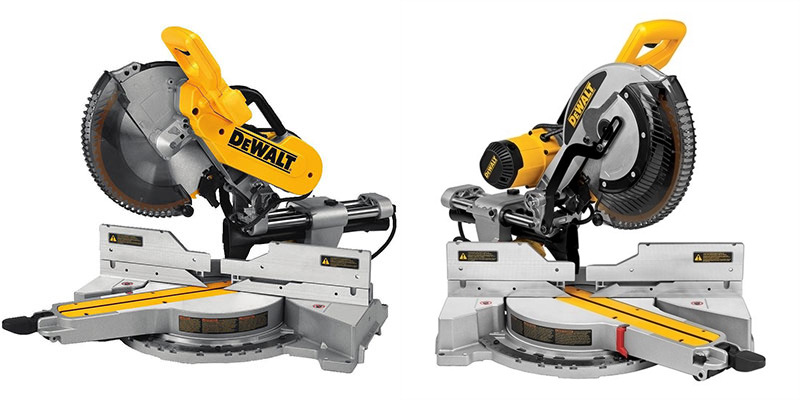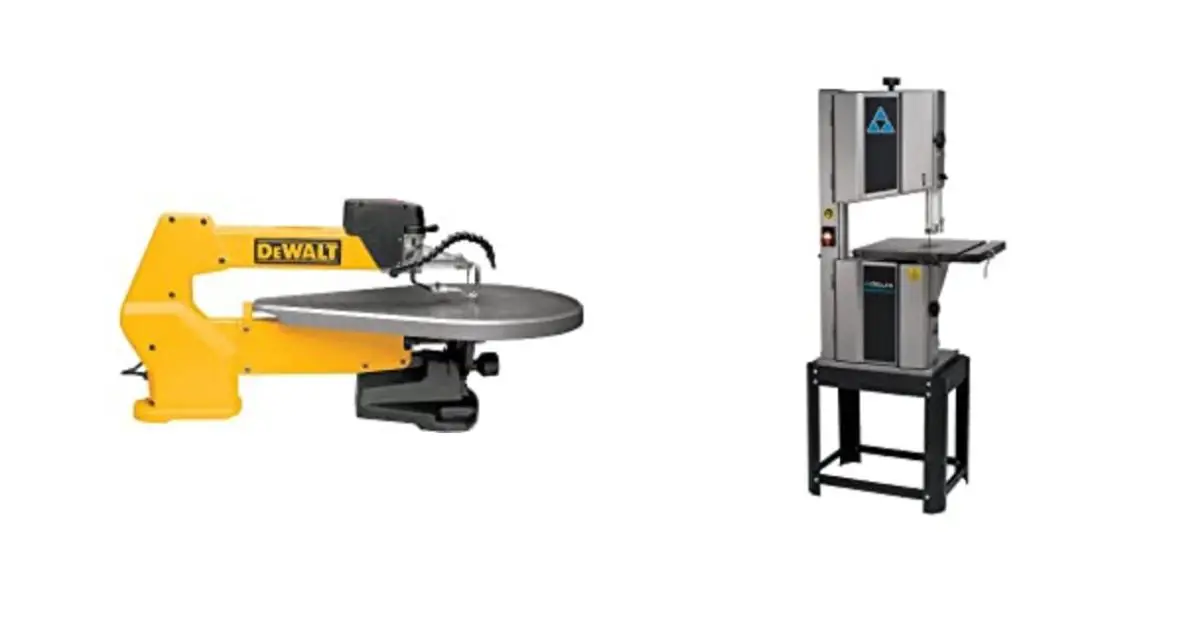Power Tools
Kinetic Log Splitter
When it comes to splitting logs, there are a few different options to choose from. Traditional hydraulic log splitters are a common choice, but there's another option that's been gaining popularity in recent years: kinetic log splitters.
What is a kinetic log splitter?
A kinetic log splitter is a type of log splitter that uses a flywheel and a crankshaft to generate power. The flywheel is spun by a motor or by hand, and when the operator releases a lever, the energy stored in the flywheel is transferred to the splitting head, which then splits the log. Because kinetic log splitters don't rely on hydraulic pressure, they can be faster and more efficient than hydraulic splitters.
Advantages of kinetic log splitters
There are several advantages to using a kinetic log splitter over a hydraulic splitter. Here are a few:
Speed: Because kinetic splitters don't rely on hydraulic pressure to split logs, they can be much faster than hydraulic splitters. Some kinetic splitters can split a log in as little as two seconds, while hydraulic splitters can take several seconds or even minutes.
Efficiency: Kinetic log splitters are more efficient than hydraulic splitters because they don't require a lot of power to operate. This means they can run on a smaller motor, which can save on energy costs.
Portability: Kinetic log splitters are often more portable than hydraulic splitters because they don't require a hydraulic pump or a lot of heavy hoses. This can be especially helpful for people who need to move their splitter around their property or take it to different job sites.
Safety: Kinetic log splitters are generally considered safer than hydraulic splitters because they don't have as many moving parts or hoses. This can reduce the risk of accidents and make them a better choice for novice users.
Disadvantages of kinetic log splitters
While there are many advantages to using a kinetic log splitter, there are also some disadvantages to consider.
Here are a few:
Cost: Kinetic log splitters can be more expensive than hydraulic splitters, especially if you're looking for a high-end model. However, this cost may be offset by the efficiency and speed of the splitter.
Noise: Kinetic log splitters can be quite loud, especially when they're running at full power. This may be a concern if you have neighbors or are working in a noise-sensitive area.
Maintenance: Kinetic log splitters require regular maintenance to keep them running smoothly. This can include oil changes, greasing the bearings, and adjusting the belts. However, this is true of most mechanical equipment, so it's not necessarily a major disadvantage.
Overall, kinetic log splitters are a great choice for anyone who needs to split a lot of wood quickly and efficiently. inetic log splitters, although pricier than hydraulic splitters, offer notable benefits in terms of speed, efficiency, and safety. Their increased speed allows for quicker log splitting, enhancing productivity. Moreover, their efficient design and advanced mechanisms make them a valuable investment for homeowners.
How to choose a kinetic log splitter
If you're in the market for a kinetic log splitter, there are a few things to consider before making your purchase. Here are some factors to keep in mind:
Power: Kinetic log splitters come in a range of power levels. So it's important to choose a model that can handle the size and type of logs you need to split. Look for a splitter with a high maximum force rating and a fast cycle time.
Size and weight: Consider the size and weight of the splitter, especially if you need to move it around frequently. Look for a model with sturdy wheels and a compact design if portability is a priority.
Build quality: Look for a splitter made from durable materials, such as steel, and with well-built components that are designed to last. Check customer reviews to see how the splitter holds up over time.
Safety features: Look for a splitter with safety features like guards to protect your hands and feet. An automatic shut-off mechanism that stops the splitter if something goes wrong.
Price: Kinetic log splitters can range in price from a few hundred dollars to several thousand dollars. So it's important to choose a model that fits your budget. Keep in mind that a higher-priced splitter may have more features and be more durable in the long run.
Using a kinetic log splitter
Using a kinetic log splitter is generally straightforward. But there are a few things to keep in mind to ensure your safety and the efficiency of the machine. Here are some tips:
Wear safety gear:
Always wear safety gear like gloves, safety glasses, and steel-toed boots when using a log splitter.
Position the splitter properly:
Use the splitter's safety features:
Before operating the kinetic log splitter, it is crucial to ensure that the safety features. Such as guards and automatic shut-off mechanisms, are engaged and functioning correctly.
Split logs of a manageable size:
Don't try to split logs that are too big or too small for the splitter's capacity. This can damage the machine and create a safety hazard.
Keep the splitter clean and maintained:
Regularly clean the splitter and perform any necessary maintenance to keep it running smoothly and efficiently.
In conclusion, kinetic log splitters offer many advantages over traditional hydraulic splitters, including speed, efficiency, portability, and safety. When choosing a splitter, consider factors like power, size and weight, build quality, safety features, and price. And when using the splitter, always prioritize safety and proper maintenance to ensure the longevity of the machine.
Why You Should Trust Us
At Woodworking Tool Guide, we know one size doesn't fit all! We cater to every woodworker, from beginner to pro, with insights and recommendations tailored to your skill level, project needs, and budget. We take the guesswork out of choosing the right tools, whether you're tackling your first crafting a masterpiece for the ages. So grab your chisel, join our community, and let's build something amazing together!
Woodworking Tool Guide wasn't just born, it sprouted from a seed of passion for the craft. What started as a joyful exploration blossomed into a trusted online haven for fellow enthusiasts like you. We pour our love into meticulously chosen review selections, meticulous hands-on testing, and lab-backed insights, all to empower you with reliable, comprehensive information you can build on. So, grab your tools, trust our guidance, and let's build something beautiful together!
Passion-Driven Expertise
Our journey started with a shared love for woodworking. The team behind the Woodworking Tool Guide is comprised of individuals who are not just writers but passionate woodworkers themselves. This shared enthusiasm ensures that our content is crafted with a deep understanding of the craft and an authentic appreciation for quality tools.
Top Tool Guides Online
Woodworking Tool Guide has rapidly ascended to become one of the premier online destinations for tool guidance. Our commitment to excellence and the accuracy of our information has positioned us as a reliable source for both beginners and seasoned woodworkers seeking trustworthy advice on the best tools for their projects.
User-Centric Approach
Our content caters to every woodworker, from rookies just starting out to seasoned pros tackling intricate projects. We tailor our insights and recommendations to your skill level, project needs, and budget, ensuring you find the perfect tools to match your unique woodworking journey. So step into your workshop, grab your tool belt, and let Woodworking Tool Guide be your trusted companion as you craft your masterpieces.
Continuous Support and Innovation
Woodworking is an ever-evolving craft, and so is our commitment to supporting you. We are dedicated to bringing you the latest information on woodworking tools, techniques, and trends. Our team is actively working to expand our content and bring you more valuable insights, ensuring that you stay well-informed in your woodworking adventure.
Hands-On Experience
Ditch the endless research rabbit hole! At Woodworking Tool Guide, we believe in actionable advice, not armchair analysis. We get our hands dirty, putting every tool through its paces in real-world woodworking scenarios. Whether it's the precision of a table saw, the versatility of a router, or the tactile satisfaction of a handplane, we test for performance, durability, and user-friendliness. No more sifting through dry specs – we deliver practical insights you can trust to transform your woodworking dreams into reality.
Woodworking Tool Guide isn't just a review site, it's your trusted companion on the sawdust-filled path to woodworking mastery. Our expert team, led by veteran David Jones, meticulously tests and explains tools in terms you understand. We cut through the jargon, bias, and confusion with real-world insights and honest evaluations. Join our passionate community, where decades of experience, cutting-edge knowledge, and shared love for the craft come together to guide you every step of the way. So grab your chisel, buckle up, and let's embark on this exciting woodworking adventure, together!






